2020 has the been the year that bulldozed us with a series of challenges which have affected how we live, work and play. 2021 promises a vaccinated world, yet society looks set to remain influenced by the impact of this global pandemic. But what will that world look like? In this blog, Tom Fraser, Chippendale School Principal considers how the rise of working from home (WFH) is shaping the design of our homes.
One of the biggest shifts of 2020 has been the rise in remote working and working from home – this amounts to 60% of the UK’s population according to research by Finder. This was driven by a need to stay safe and away from health risks, but has also been catalysed by a digital acceleration that has transformed the modern workforce.
We have not only tested, but we have proven our ability to do more things digitally and have even become pandemically productive! At the Chippendale School, we have adapted to become more digital and are now proficient at Zoom calls and holding virtual tours.
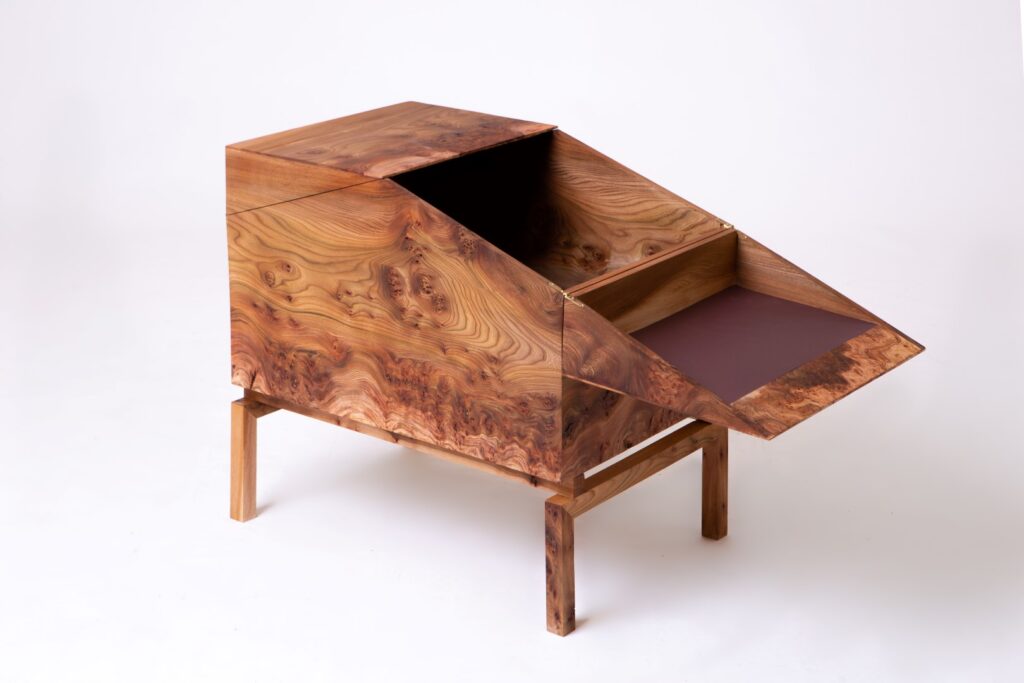
The working population’s new-found digital agility has resulted in an upsurge of permanently remote workers, driving the widespread need to adapt our homes to ensure they can facilitate effective home working as well as accommodating the rest of our lives – home-schooling, exercise, relaxation and entertainment.
For example, John Lewis reported an 86% increase in sales of their premium office chairs as workers looked to make working from home as comfortable as possible, and the demand for flexible home office furniture isn’t going anywhere anytime soon.

Space shifting
To avoid feeling permanently ‘at work’, we need to find ways to separate work from home life, and enable transitions that replace the daily commute.
Not everyone has the luxury of a separate home office, and Pinterest’s annual study predicts that in 2021 more of us will be looking for creative ways to split up a single room. This is leading us to transform spaces into ‘hybrid rooms’ such as a closets-come-offices and adapt dining tables to function as work desks.
Flexible furniture and accessories can help us make the shift from work mode to domestic mode. Panels and screens create a clear physical separation within a space, zoning off working areas and living spaces. However, these should be organically formed and perforated to allow light to flow and help avoid a ‘boxed in’ feeling whilst working.
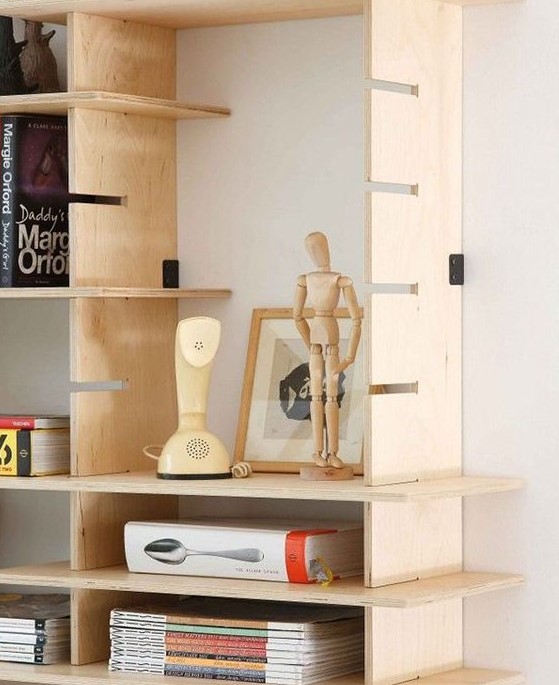
Storage units are essential for helping you clear your desk at the end of the working day. Where space is limited, existing pieces of furniture can be adapted – a dedicated drawer in a chest of drawers can be cleared for work purposes while adding shelves can help solve both storage and space issues.
Shelving has grown in popularity as a practical solution, not to mention as a way to show your personal style. The rise of the ‘shelvie’ has become important as a space saver but is also being used to create appealing backdrops on video calls and allow users to show off their carefully curated collections, objects or books.
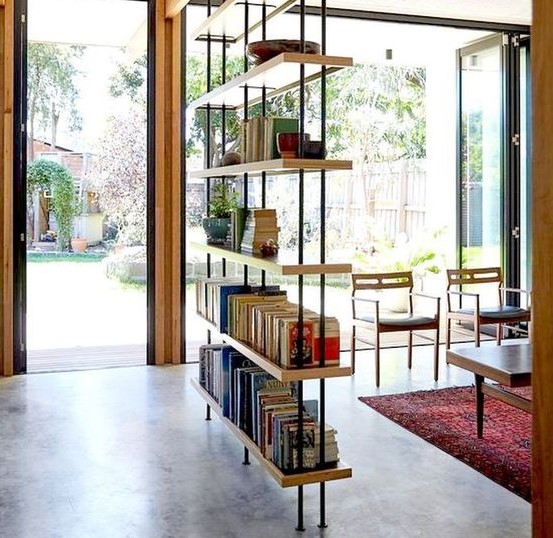
Multifunctional furniture items are perhaps the greatest WFH heroes. Fold-up or drop-down tables allow you to easily flip a work desk into an extended dining table and make that shift from work into down time. A gateleg table is a great solution for those with small spaces as are modular coffee tables such as this design by one of our graduates, Alastair Smith.
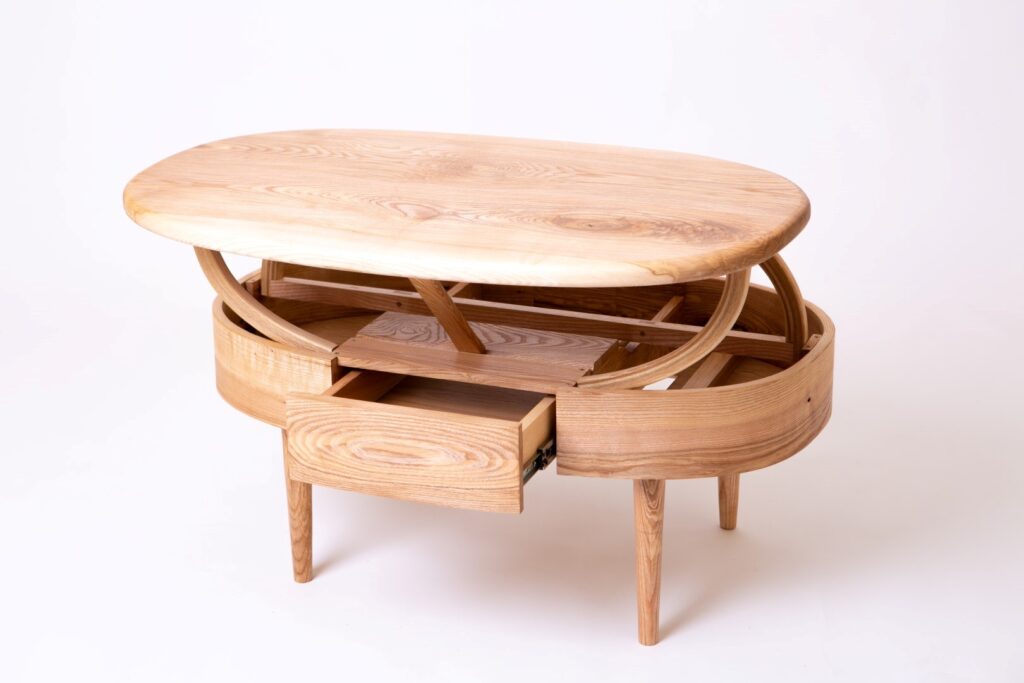
More and more, we are seeing our students’ designs being shaped by WFH trends. The need for fixed furniture at home and in the office has declined as the need for flexibility has risen. Tables, chairs and storage units with wheels have become more popular and offer a fluid and functional solution.
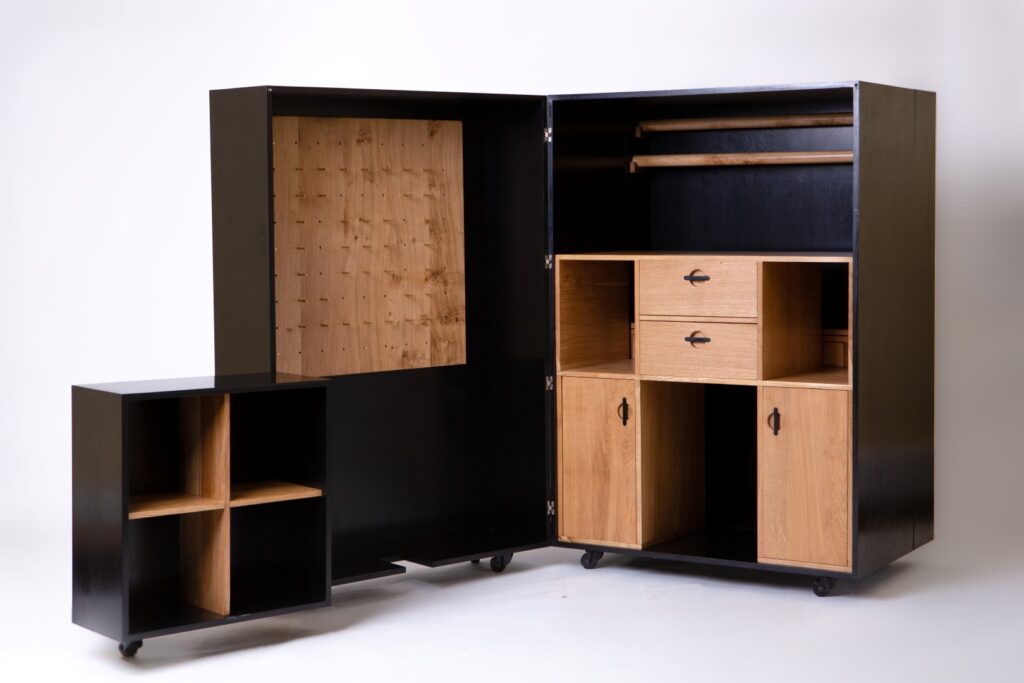
Ergonomic office furniture is essential in ensuring comfort for those spending many hours sitting down. Stand up desks are increasingly popular from a health perspective, allowing workers to stretch and improve posture as well as promote movement. And with more people exercising and cycling, there now needs to be additional space for storing bikes and hanging up gym kit!
In summary, the consequences of Covid mean that our home and work environments need to be more agile, flexible and adaptable to our changing needs. In addition to more stringent health and safety and hygiene measures, having access to well-designed multifunctional furniture and home accessories is important. How else will we draw a line between work mode and downtime?
We’re still taking applications for our next Professional course – find out more about it here or get in touch with us today if you have any questions.